- Category
- War in Ukraine
What’s It Like to Create a Long-Range Weapon in Less Than Two Years? Meet Ukraine’s Palianytsia Rocket Drone
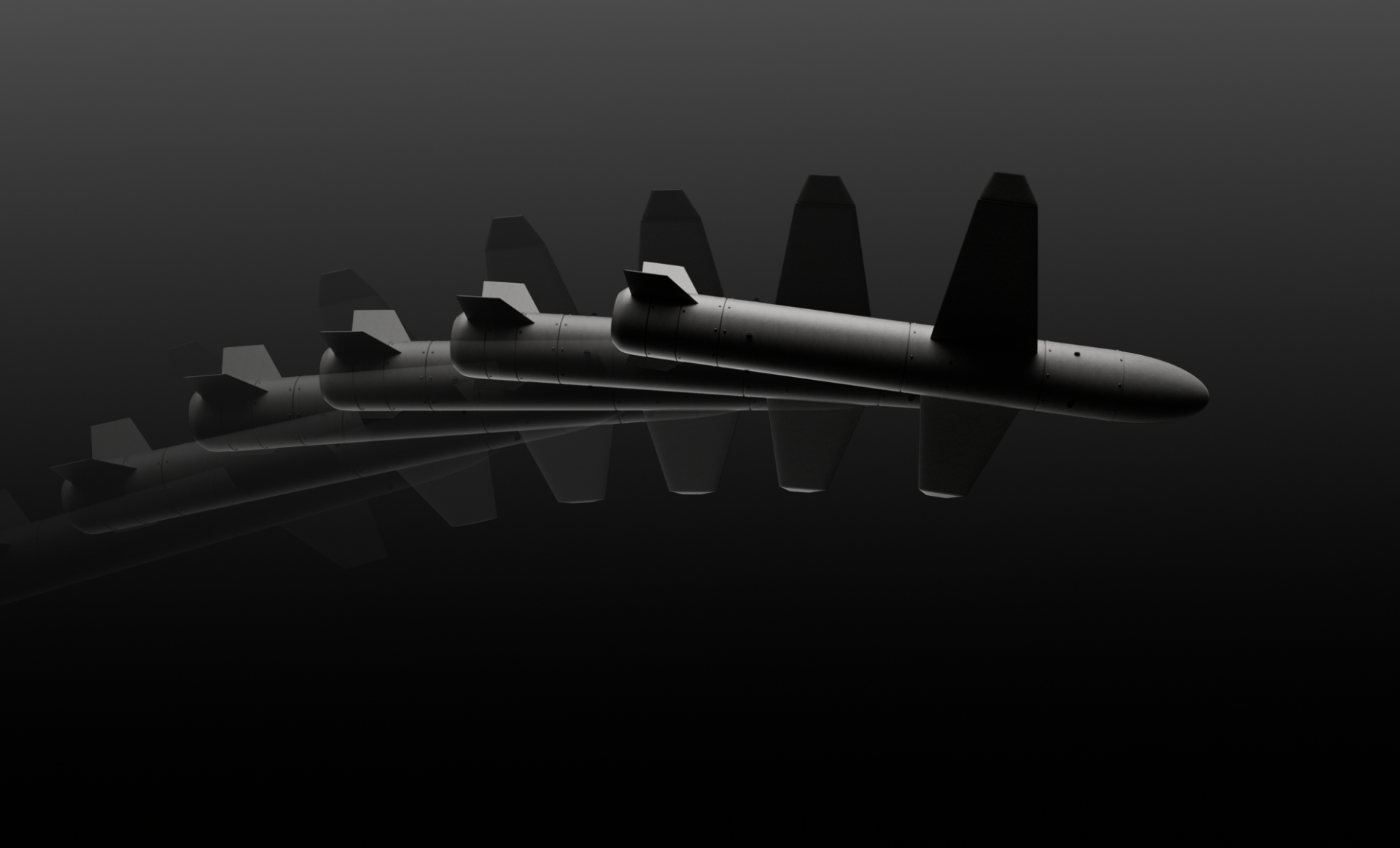
Creating a long-range rocket drone in under two years is no easy feat. Ukraine’s new Palianytsia rocket drone is the product of relentless teamwork across multiple fields.
Ukraine has unveiled its first long-range rocket drone, called Palianytsia. This homegrown innovation is crucial for the protection of the civilian under constant threat from Russian missile strikes and guided aerial bombs. The rocket drone’s range covers around 20 Russian airfields housing military aircraft. Ukraine is currently not permitted to strike these airfields with Western-supplied weapons. Palianytsia aims to address this gap and enhance Ukraine’s defense capabilities. The Ukrainian government has also launched a grant program for private missile projects, invested in state design bureaus, and deregulated the industry to stimulate further developments.
Palianytsia is Ukraine’s first long-range rocket drone capable of striking Russia’s military targets deep into their own territory. Most of its technical specifications are classified to prevent the Russians from assessing its full capabilities. The development took approximately 1.5 years and involved a large team of specialists from various fields.
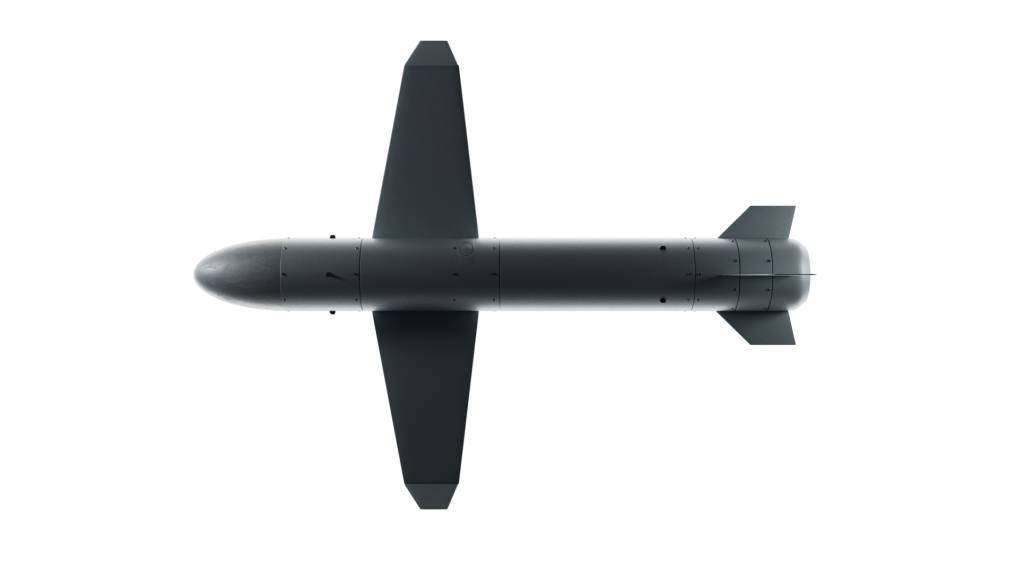
We managed to speak with one of these specialists under the condition of anonymity for their safety. Our source is a scientist who, before Russia’s full-scale invasion of Ukraine in 2022, had never worked with defense technologies or Weapons. Due to Russia’s aggression, he redirected his scientific expertise toward creating long-range weapons.
When did the rocket drone development begin?
We started around a year and a half ago. We developed it entirely from scratch, not continuing any old Soviet projects.
Our team is highly motivated, united by a common goal—defense, as dramatic as that might sound. This is important because we developed this weapon faster than usual; typically, such a project takes at least two years. Workers usually take vacations, celebrate holidays, and leave work early on Fridays. We don’t have that luxury: the longer we take, the more people die. Motivation is key. Another factor is that we’re not building a long-term, stable business like the rest of the world. They build businesses; we work today for defense, ready to sacrifice many things.
What are the challenges of developing a cruise missile?
Let’s start with the basics, which will help better understand the process: what exactly is a ballistic missile?
A ballistic missile is relatively simple in design. Its engine fires briefly to accelerate the missile, which then follows a ballistic trajectory, with course corrections typically limited to the final stage. The primary challenge here lies in developing a powerful and high-quality engine. Next in importance are the guidance and navigation systems.
However, developing a cruise missile or rocket drone is a different matter. It’s essentially an aircraft capable of flying at various altitudes and along different trajectories. Its engine runs continuously, supported by two power sources: a solid-fuel booster that accelerates the missile, followed by a jet engine that sustains its flight. Developing such a missile is highly complex, and here’s why.
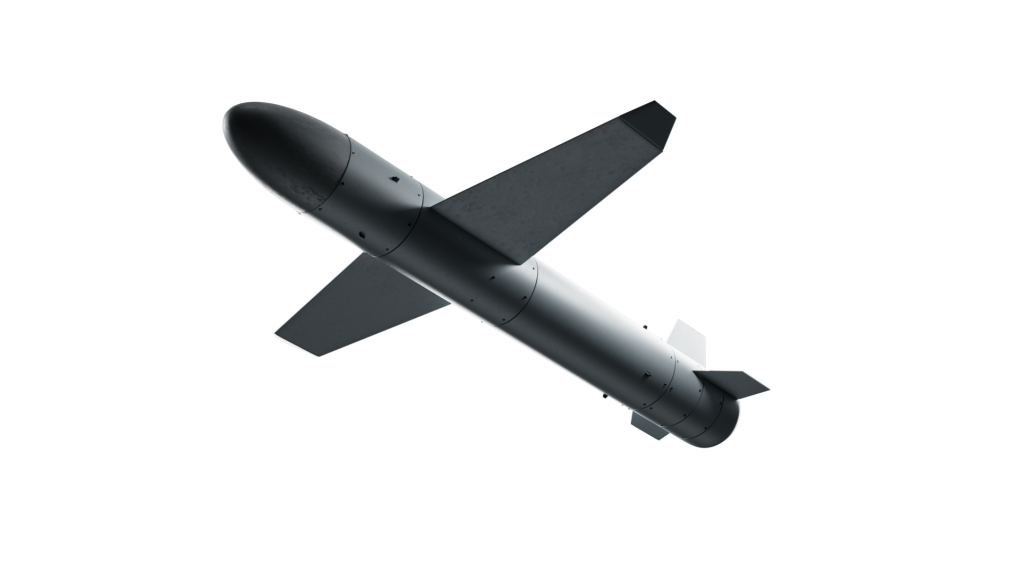
Let’s start with the engine. We use a turbojet engine, a sophisticated mechanism composed of numerous parts, each with stringent requirements. For instance, the turbine blades must be made from specific alloys, engineered to endure substantial loads, and precisely shaped. Crafting these components is almost an art form.
Each part must seamlessly integrate into the missile, which experiences tremendous stress due to high speeds of several hundred kilometers per hour. When the rocket drone changes trajectory, the stress increases even further, demanding exceptional durability.
Now, let’s talk about maneuverability. The missile’s movement is controlled by its “brain”—its IT systems. Imagine this weapon traveling at 800 km/h needing to ascend 5 meters to avoid a mountain 2 km ahead. This adjustment must happen instantly, calculating every wing movement while accounting for all external conditions. Maneuvering is complex and continuous, often at low altitudes and high speeds, where even a millimeter of wing movement is critical.
Next, a rocket drone with a continuously running engine needs fuel and a warhead, requiring it to be large but not so wide as to create excessive drag. If it’s not thick, it must be long, but a longer missile sacrifices durability. Achieving the right balance is crucial.
The result is a strong, fast, and highly controllable missile, capable of carrying a large warhead and equipped with advanced navigation systems—an incredibly complex technological achievement.
Is this why the development took so long?
Exactly. Even for simple products, the mechanical design can take months, involving countless calculations to ensure every component can withstand the necessary loads. There are hundreds of details and considerations for how these parts will function together. And this only covers the internal components—there’s also the missile’s aerodynamics to consider. The IT system is equally crucial, requiring a dedicated team to design it with a deep understanding of the challenges this weapon will face.
Don’t forget, that such a rocket needs to be mass-produced. For security reasons, I can't disclose how many rocket drones we’ll produce monthly, but it will be a significant number. We won’t fall behind our international partners in this regard.
President Zelenskyy called the new development a rocket drone. The state keeps the details under wraps, but can you explain why this characterization is significant?
The main reason is the missile’s speed—it’s simply much faster. A drone would be 2-5 times slower. A missile often carries a larger warhead, leading to greater destruction. These are two key features that set the Palianytsia apart from the drones Ukraine is already familiar with. Drawing on its extensive experience in developing long-range drones, Ukraine has integrated many of those elements into this missile, as both drones and cruise missiles are essentially unmanned aircraft.
Can you discuss the protection of such systems against enemy electronic warfare (EW)?
As I mentioned—speed. A system like this can quickly pass through areas covered by enemy EW. But it’s not just about speed.
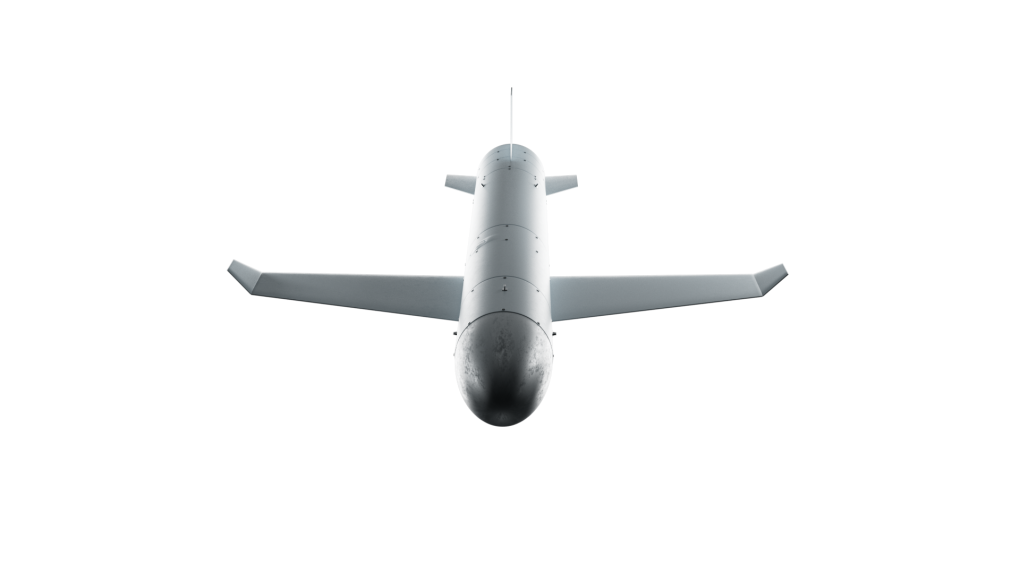
Let’s return to the IT systems. The weapon is connected to a satellite, so it knows exactly where it is and what its flight path should be, aided by advanced navigation systems. If the connection is lost due to EW, other systems help keep it on course, though accuracy errors may increase, and counteracting them is hard. This often turns into a cat-and-mouse game between the attacker and defender.
For instance, Russia might use spoofing to feed the missile incorrect coordinates, diverting it off course. Our task is to develop a system that quickly detects this and, for example, uses external sensors to confirm its correct location. This must happen continuously and instantly because even a slight course deviation—a millimeter of control surface movement—can send the missile off target.
Therefore, our goal is to create systems that minimize errors and enemy interference, ensuring the missile reaches its target.
We’re talking about a surface-to-surface missile. Is an air launch possible, and what are the differences in development?
Yes, we’ve developed a ground-based launch platform. The launch container is our own design, while the platform already exists. For a ground launch, the key is to accelerate the missile, which requires a solid-fuel booster to propel it. If the missile is large, there might be two boosters. All this must be launched quickly, accurately, and in sync, after which the jet engine takes over.
An air launch is easier because the altitude is easily converted into speed, plus there’s the aircraft’s initial speed. In this sense, an air launch is cheaper since you don’t need an additional booster. But everything comes at a cost. For an air launch, the missile needs wings to support it. However, when you want to detach it from the plane, it resists because of the wings. That’s just physics. So the wings must be foldable so the plane can release it easily, and then they unfold for flight. This complicates the design and the missile itself.
How expensive is the rocket drone?
We can’t disclose the exact price for security reasons, but I can provide some insights.
The idea behind a long-range rocket drone is to make it inexpensive and mass-producible. In today’s world, hearing about missiles that cost several million dollars is astonishing. You launch one, it gets shot down, and it’s gone. However, if you can launch 20 missiles and half hit their targets, the impact is substantial. That’s why the missile needs to be as cheap as possible, allowing for large quantities to overwhelm the enemy’s air defenses.
The cost of Palianytsia is well below $1 million. We’re continually seeking ways to reduce it further, including producing some components in-house rather than buying them, with a focus on localization. Our ultimate goal, as mentioned, is to produce as many missiles as possible to cripple the enemy’s offensive capabilities on their territory.
On the horizon
For Ukraine, developing its own weapons is a crucial strategy in combating the Russian invasion. Palianytsia is one of these weapons, but it’s far from the only one. We’ve previously reported on the Bohdana self-propelled howitzer, which entered mass production this year, and naval drones that have taken out part of Russia’s Black Sea fleet. Ukrainian government officials confirm that new developments are in the works, including advanced unmanned and robotic systems, as well as further enhancements to long-range weaponry. Moreover, domestic production is key to ensuring the Ukrainian army remains well-equipped.
-29a1a43aba23f9bb779a1ac8b98d2121.jpeg)
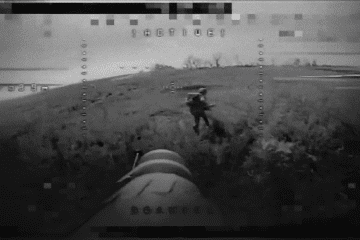
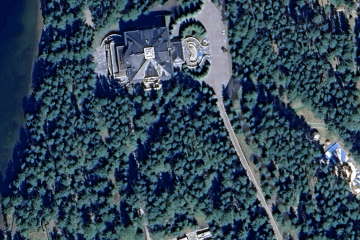
-24deccd511006ba79cfc4d798c6c2ef5.jpeg)


